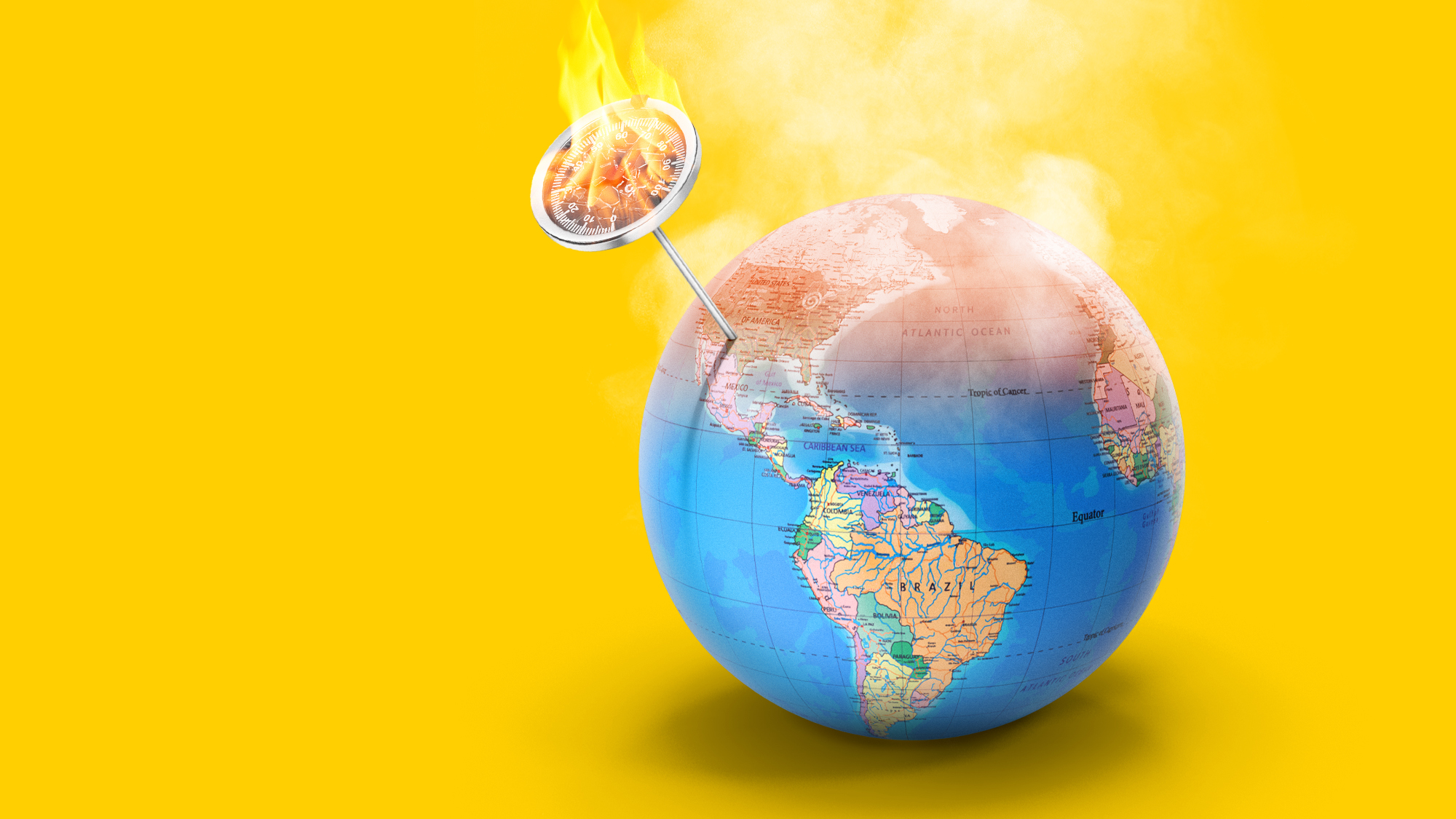Also of interest...in history’s trailblazers
Flappers; The Race Underground; Extreme Medicine; The Monkey’s Voyage
Flappers
by Judith Mackrell (Sarah Crichton, $28)
This “spellbinding” group biography of six jazz-age trendsetters “bubbles with the giddy energy of the era,” said Kate Tuttle in The Boston Globe. The intertwined profiles show how Josephine Baker, Zelda Fitzgerald, Tallulah Bankhead, and three other free-spirited women pushed the boundaries of acceptable female behavior. “Their courage took many forms,” but they largely shared the same sad fate: being “thwarted, even crushed,” for having aspired to a life beyond convention.
The Week
Escape your echo chamber. Get the facts behind the news, plus analysis from multiple perspectives.

Sign up for The Week's Free Newsletters
From our morning news briefing to a weekly Good News Newsletter, get the best of The Week delivered directly to your inbox.
From our morning news briefing to a weekly Good News Newsletter, get the best of The Week delivered directly to your inbox.
The Race Underground
by Doug Most (St. Martin’s, $28)
“New York and Boston make an impressive team when they channel their aggression,” said The Economist. In Doug Most’s exciting account of the race to complete America’s first subway, the rival cities actually work collaboratively more than they compete, but the story offers much that’s worth reading. Brothers Henry and William Whitney headed the parallel efforts, each an amazing engineering feat that relieved dangerous overcrowding and opened the way to 20th-century growth.
Extreme Medicine
A free daily email with the biggest news stories of the day – and the best features from TheWeek.com
by Kevin Fong (Penguin, $28)
“Virtually everything we take for granted in lifesaving medical intervention was once unthinkable,” said Laura Landro in The Wall Street Journal. In Extreme Medicine, anesthesiologist Kevin Fong pays tribute to the doctors who pioneered new treatments when history put them to the test. Fong’s “engaging and fast-paced narrative” shows how World War II’s battlefield injuries, a failed 1910 South Pole expedition, and NASA space travel all have begotten major innovations.
The Monkey’s Voyage
by Alan de Queiroz (Basic, $28)
Evolutionary biologist Alan de Queiroz “makes quite a tale” out of a fierce debate that roiled his field a half-century ago, said Jonathan Weiner in The New York Times. Certain plant and animal species—including South America’s monkeys—have close cousins that evolved an ocean away, and the family split can’t always be explained by continental drift. Charles Darwin’s hypothesis that some species rafted across the water may seem far-fetched, but science now backs that odd idea.
-
 Could smaller cars bring down vehicle prices?
Could smaller cars bring down vehicle prices?Today’s Big Question Trump seems to think so, but experts aren’t so sure
-
 2025’s most notable new albums
2025’s most notable new albumsThe Week Recommends These were some of the finest releases of the past year
-
 Trump aims to take down ‘global mothership’ of climate science
Trump aims to take down ‘global mothership’ of climate scienceIN THE SPOTLIGHT By moving to dismantle Colorado’s National Center for Atmospheric Research, the White House says it is targeting ‘climate alarmism’
-
Also of interest...in picture books for grown-ups
feature How About Never—Is Never Good for You?; The Undertaking of Lily Chen; Meanwhile, in San Francisco; The Portlandia Activity Book
-
Author of the week: Karen Russell
feature Karen Russell could use a rest.
-
The Double Life of Paul de Man by Evelyn Barish
feature Evelyn Barish “has an amazing tale to tell” about the Belgian-born intellectual who enthralled a generation of students and academic colleagues.
-
Book of the week: Flash Boys: A Wall Street Revolt by Michael Lewis
feature Michael Lewis's description of how high-frequency traders use lightning-fast computers to their advantage is “guaranteed to make blood boil.”
-
Also of interest...in creative rebellion
feature A Man Called Destruction; Rebel Music; American Fun; The Scarlet Sisters
-
Author of the week: Susanna Kaysen
feature For a famous memoirist, Susanna Kaysen is highly ambivalent about sharing details about her life.
-
You Must Remember This: Life and Style in Hollywood’s Golden Age by Robert Wagner
feature Robert Wagner “seems to have known anybody who was anybody in Hollywood.”
-
Book of the week: Astoria: John Jacob Astor and Thomas Jefferson’s Lost Pacific Empire by Peter Stark
feature The tale of Astoria’s rise and fall turns out to be “as exciting as anything in American history.”